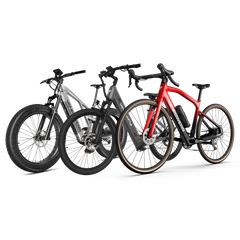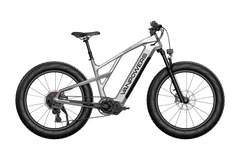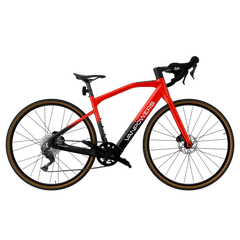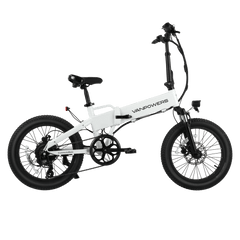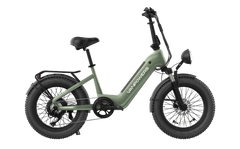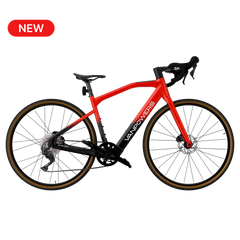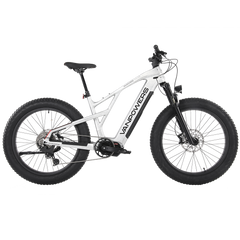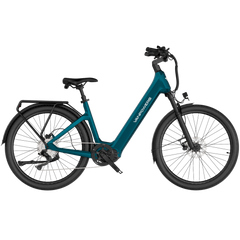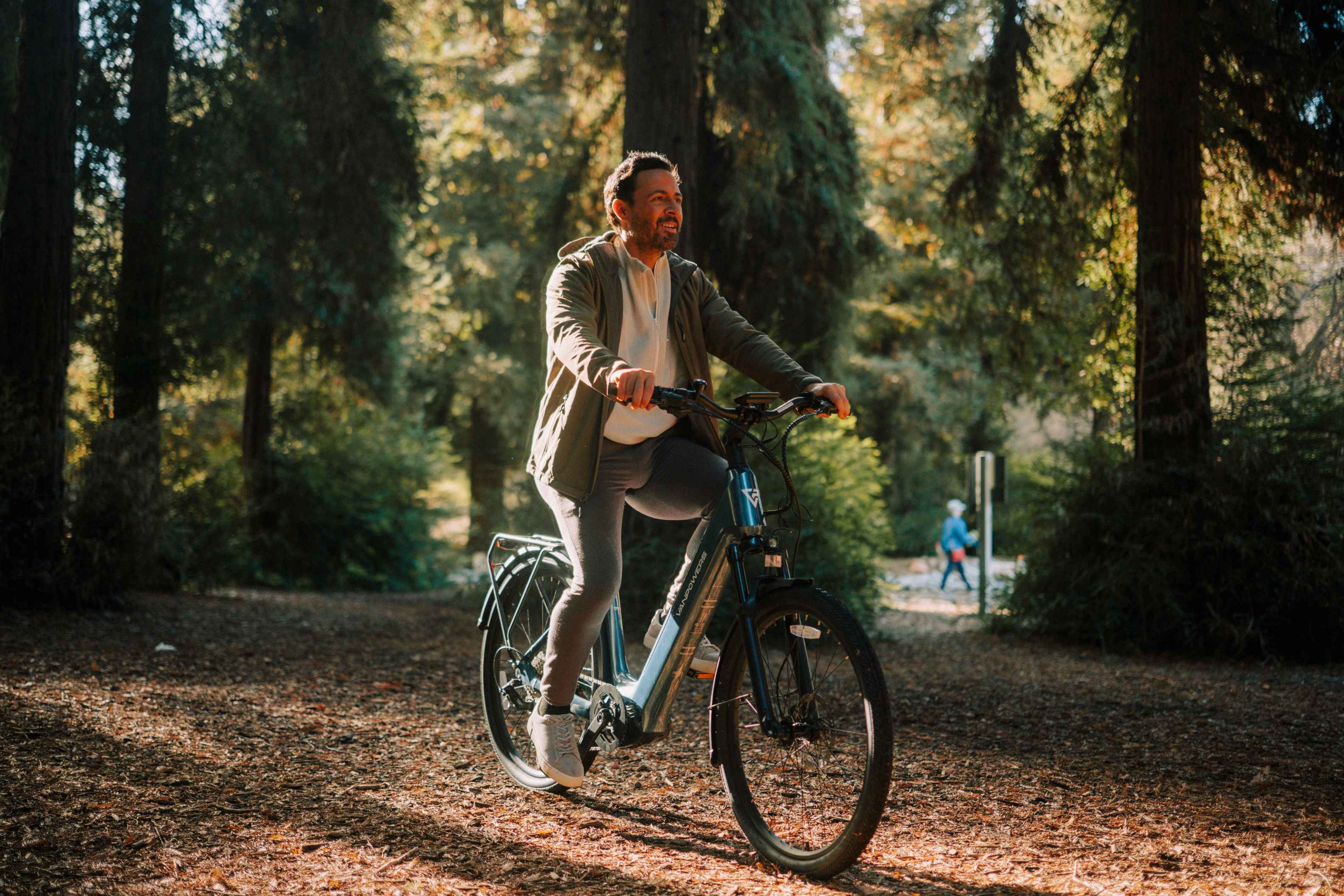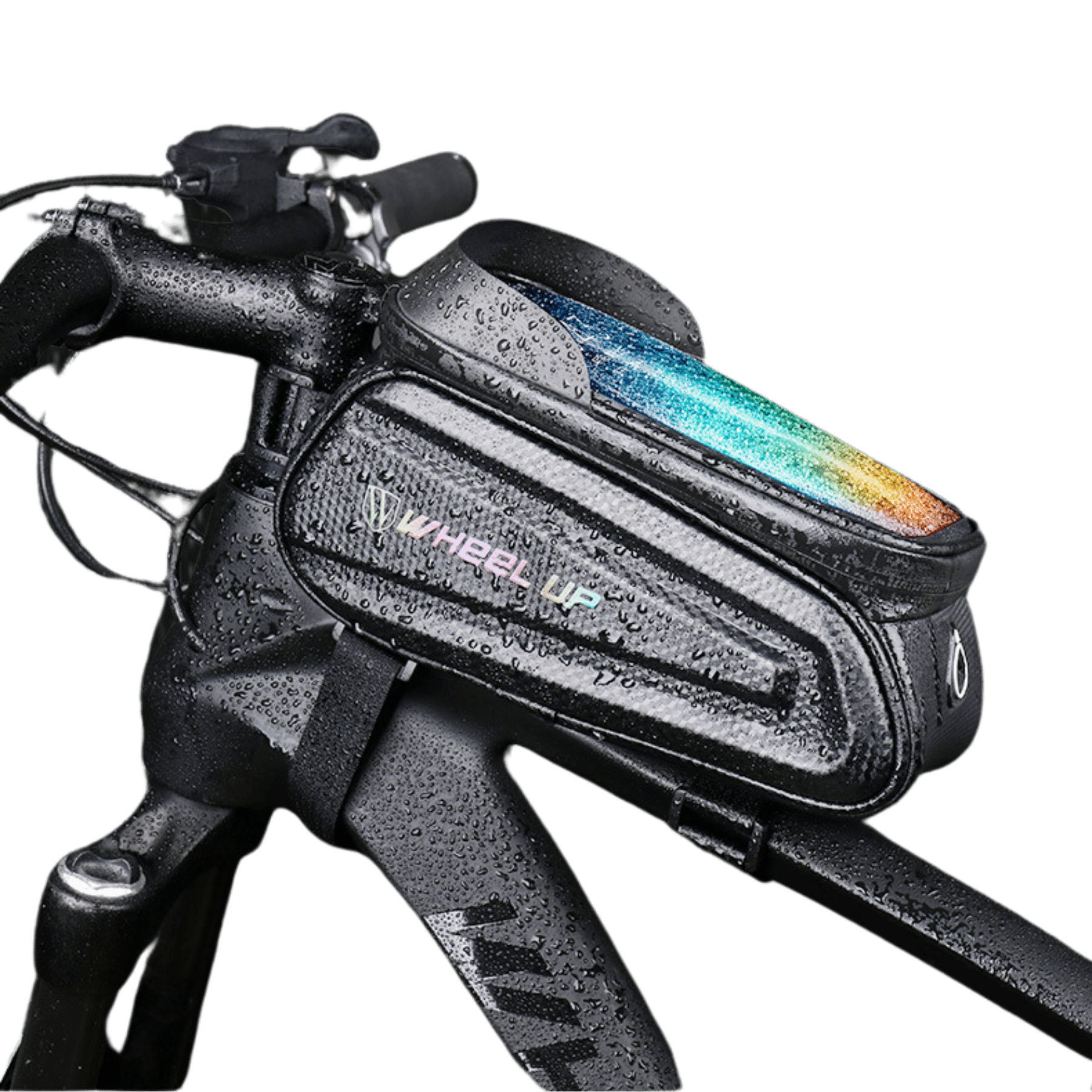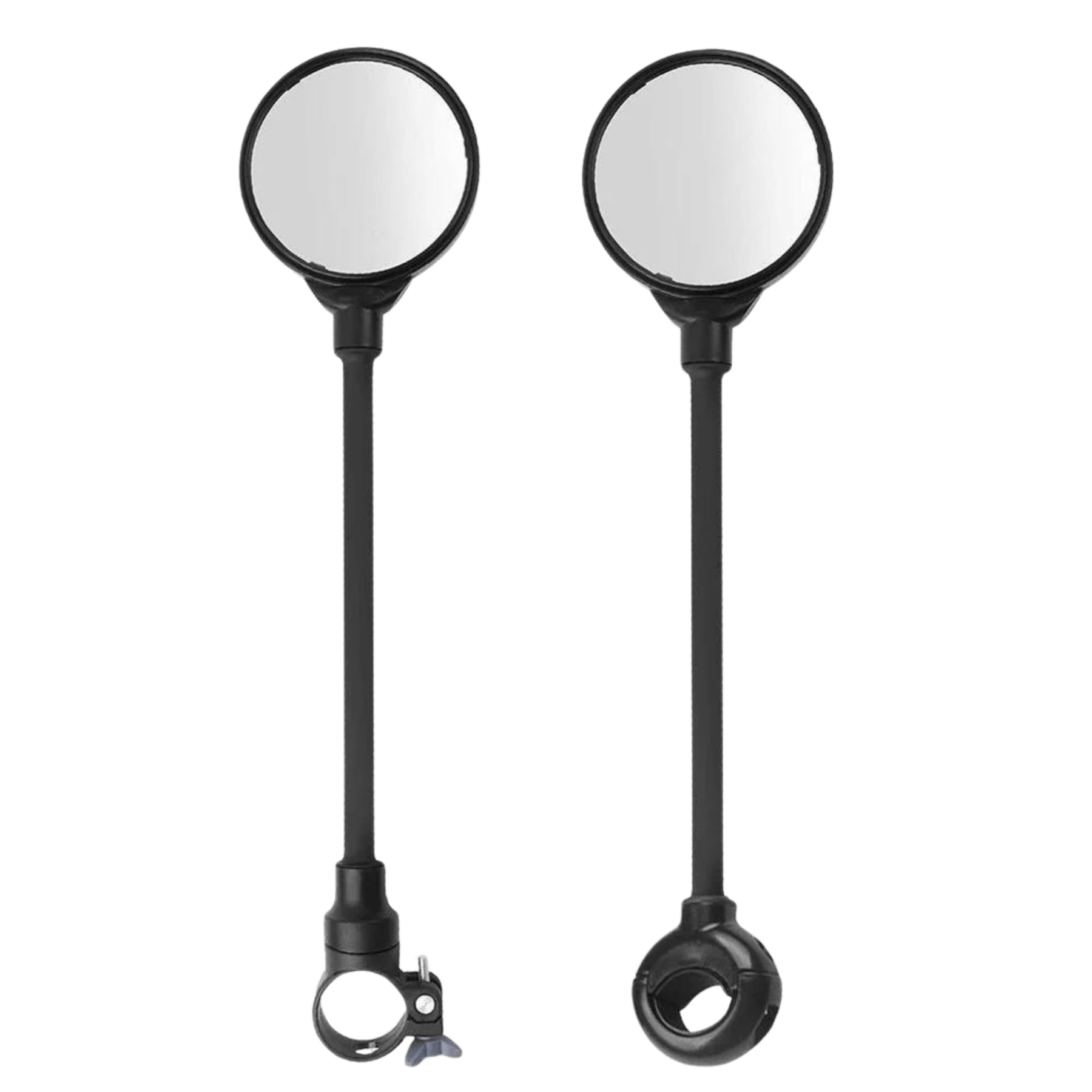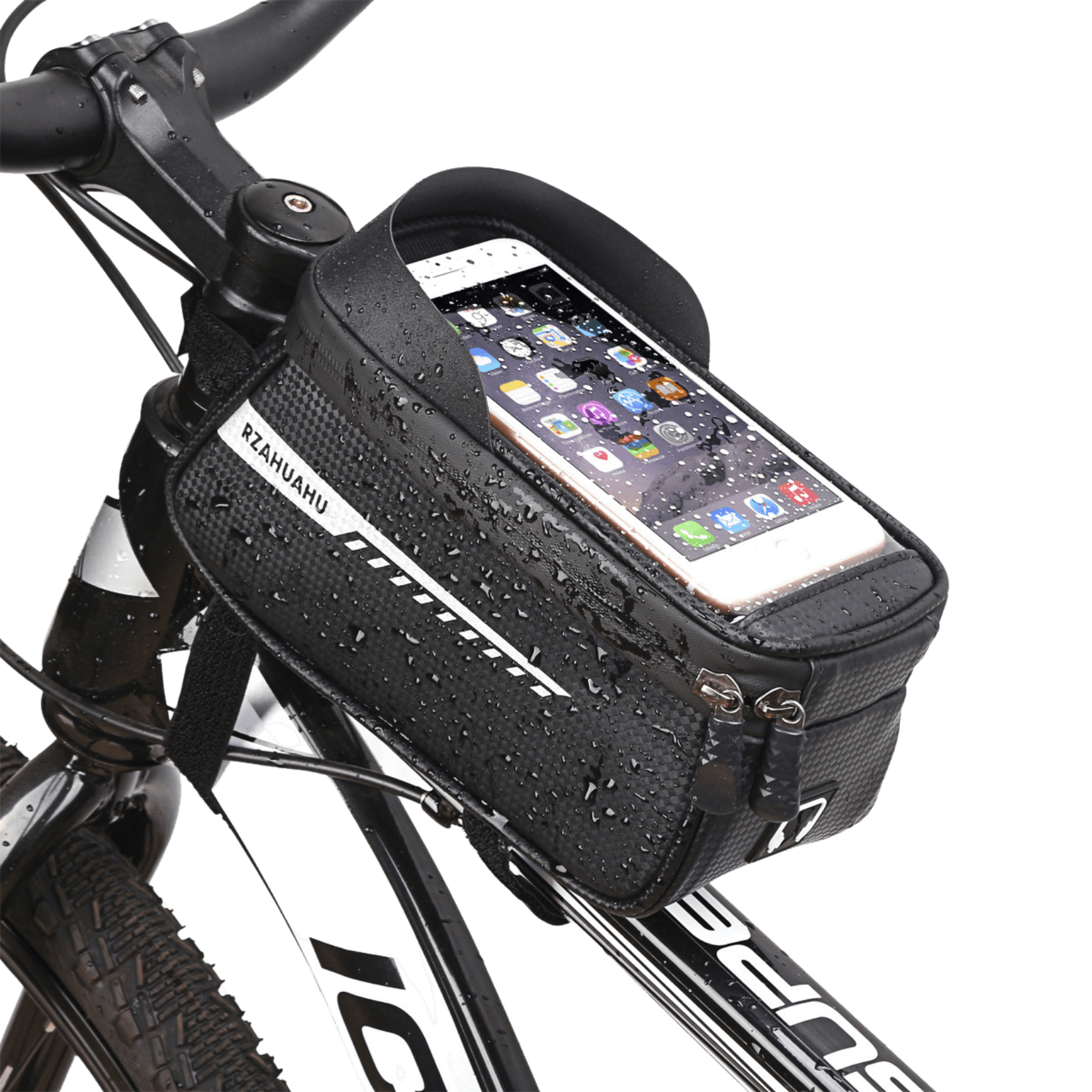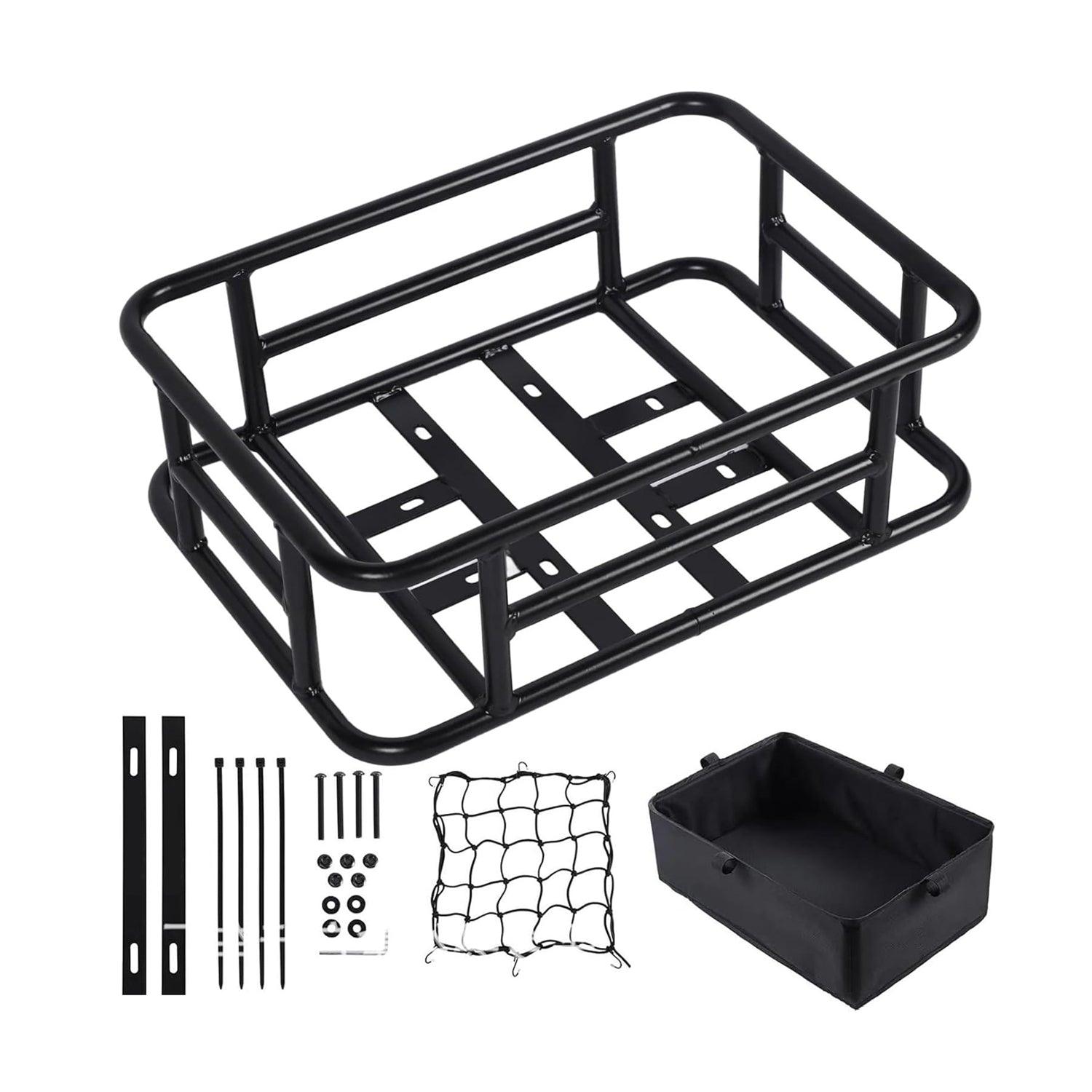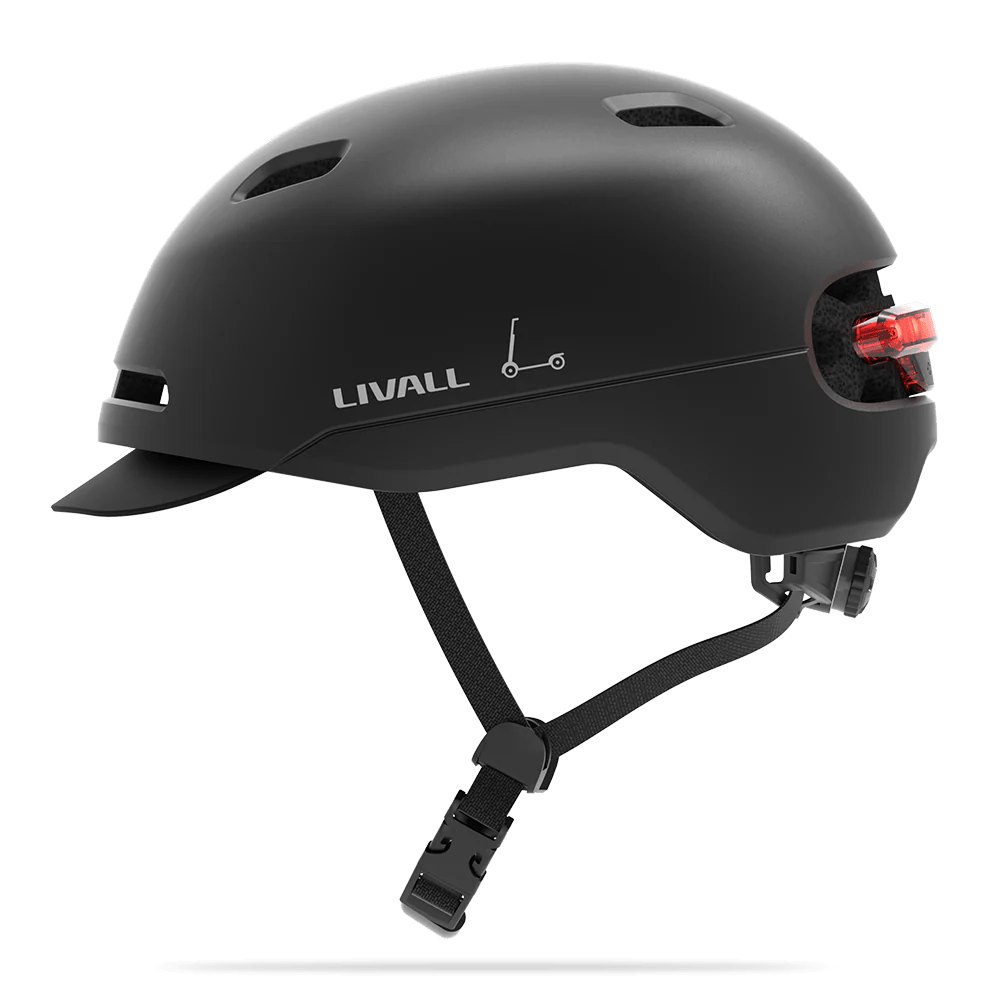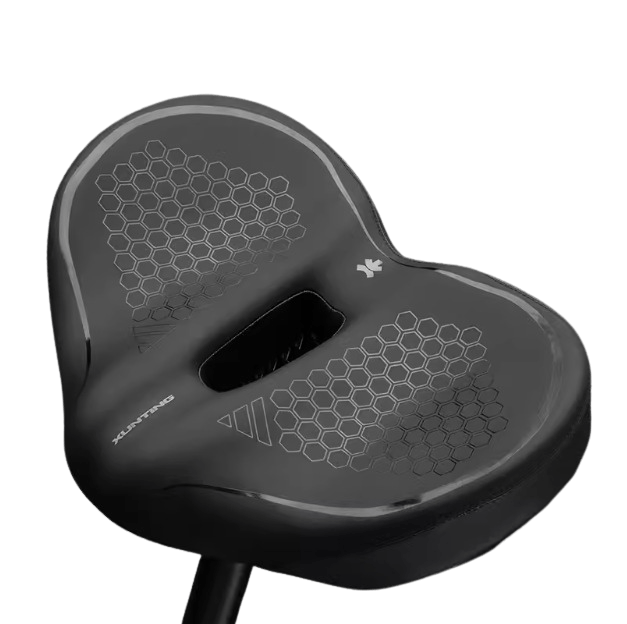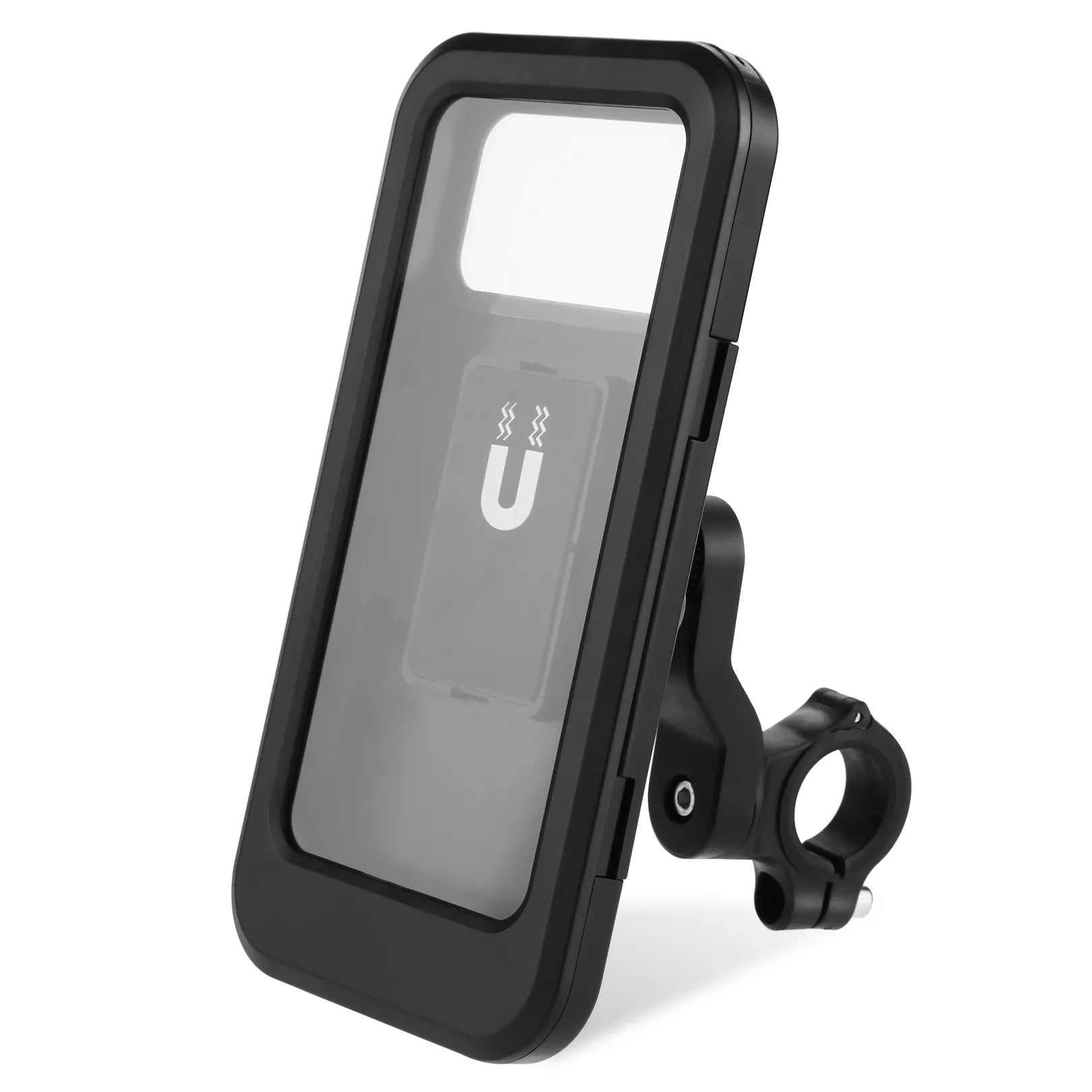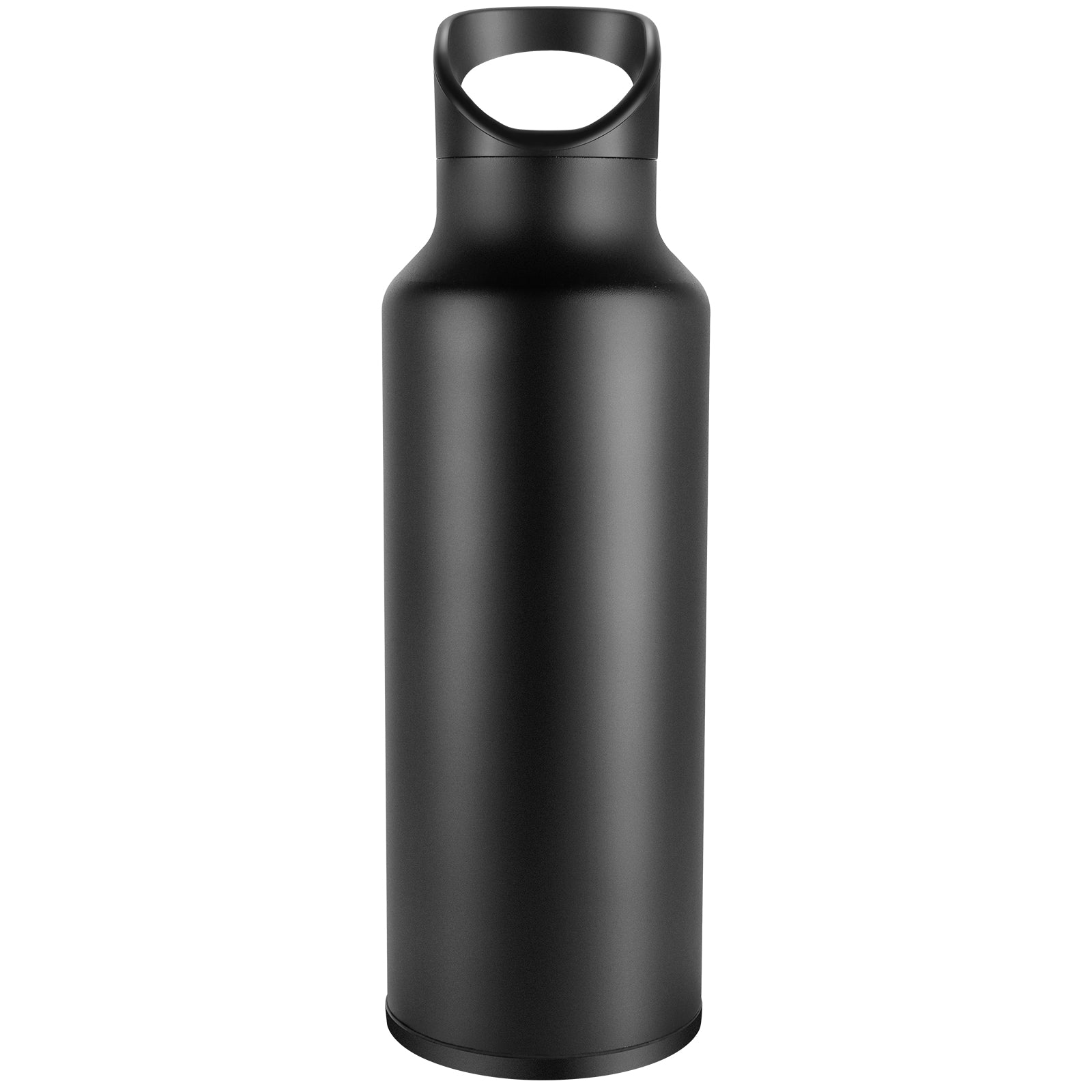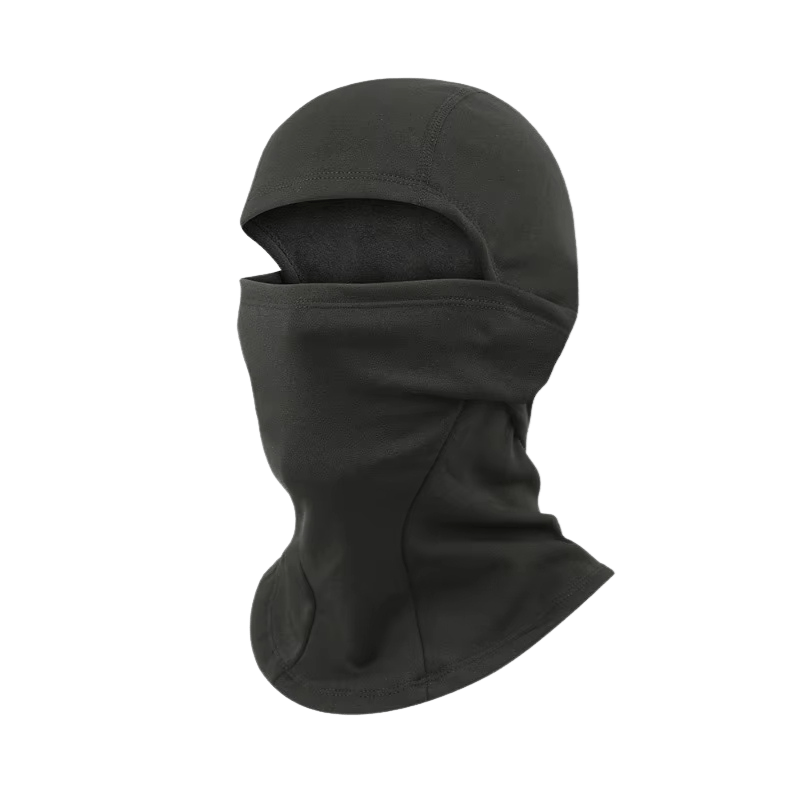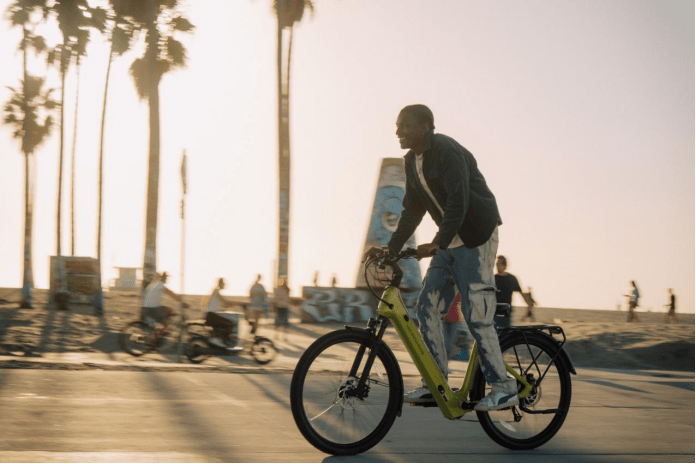
In recent years, due to the fluctuation in prices of gasoline and diesel fuels, coupled with the increase in the cost of living, the appeal of electric bicycles as a mode of transport has been growing. Moreover, it is a healthy and environmentally friendly way! For those who have never tried an e-bike before, changing their lifestyle and starting to cycle might induce some worries and fears. However, as a professional electric bicycle brand, Vanpowers promises that whether you are a first-timer or someone with experience who hasn't cycled for a long time, we can quickly build your confidence and help you embark on your e-bike adventure safely.

Before everything begins, you first need to pick an electric bicycle that fits you. But what is the best fit for you?
Before choosing an electric bike, please clarify what you really need: Are you busy in your life? Do you have children or pets that need to be carried from time to time? How far is your home from your workplace? Is your work attire formal? Are you of smaller stature and prefer lighter bicycles? There's a lot to consider!
Imagine riding an e-bike! Do you want to exercise and get fit during your commute? Do you want to spend more time in nature or with your family? Or perhaps you want to save money to achieve future financial goals? Figuring this out is important, as it will help you choose the perfect bicycle that meets your current and future needs.
If you have a general idea of the answers to the above questions, you can select an e-bike that meets your needs on the Vanpowers website and delve into its features and specifications. Vanpowers offers a variety of electric bikes, from city commuters to mountain bikes. There are economical choices under $1000 and top-of-the-line electric bicycles with integrated tech features. You can even find the nearest store and schedule a free test ride to experience cycling firsthand, where you can also get guidance and advice from electric bicycle professionals.
Once you get the e-bike you love, you can start planning your first adventure. Here are some key tips aimed at helping you get the most out of your new bike.
Before You Go
- Check Your Tires
Probably the easiest maintenance task you can do on a bike is to make sure your tires are at the right pressure level. But what is the right pressure? That’s easy too—it’s written on the sidewall of your tires.
You’ll notice the tire manufacturer has a recommended range rather than a specific pressure. So you can adjust the tire pressure according to the conditions. Hot, cold, the terrain, your weight for example.
Tip: If you’re going somewhere that might be damp or a bit slippy, don’t pump your tires up too hard. If it’s dry and you want to ride as smoothly as possible, fill them up. Mid-range is a good starting point if you are unsure. But never pump your tires up above the recommended pressure, as you risk the inner tube pushing the tire off the rim and exploding.
- Set Your Saddle Height
Saddles that are too low make it hard work. Your knees won’t thank you either. Saddles that are too high are inefficient and will hurt your hips and back. Correct saddle height is important not only for comfort but for pedalling efficiency too. Here is a simple method to set the correct saddle height:
Stand next to the bike: Stand next to your electric bicycle and raise the seat to hip level. This is a good starting point.
Check the height: Sit on the seat with one foot on a pedal in its lowest position. Your leg should be almost fully extended, but your knee should still be slightly bent (about 80-90% straight).
Fine-tune the height: Gently pedal the electric bicycle while it's turned off, to feel if the current height is comfortable. If your hips are rocking side to side as you pedal, the seat is probably too high. If your knee is bending too much, the seat is probably too low.
Remember, everyone is different, so what works for one person might not work for another. It's important to adjust the seat to a height that feels comfortable and efficient for you.
- Get Your Riding Position Right
A very simple rule of thumb is, when in your typical riding position, look for the handlebar stem obscuring your view of the front wheel hub. Your arms should have a slight bend in them.
- Dress Appropriately
Weather can change quickly so master the art of layering up so you can take them off or put them back on to cool down or warm up quickly. If the weather is extreme (high winds, icy cold or very hot temperatures), question whether it’s actually worth it.

What To Take
- Water And Food
It's easy to feel empty and sick from dehydration and lack of energy while riding a bike, and there's no worse feeling than that. So, please take fluids and some ride food with you. Snacks like a banana, flapjack or chocolate will help refuel you on the go. If you are going far, energy drinks can help you avoid cramp or offset energy loss.
- Padded Shorts
New cyclists often think they need huge padded saddles to protect their posterior but that’s really not the case. Ultimate comfort comes from the shape of your saddle but a pair of padded shorts or inner shorts will help.
- Cycling Gloves
Gloves are necessary to protect your hands. If you are a beginner, you will grip the bars a bit tighter until you gain confidence, and without gloves, your hands will quickly get sore. A padded glove or mitt is recommended.
- Lights And A Lock
Even if you only plan to pop out for a short ride, if there’s any chance you might be delayed, for example, beyond dusk, have a set of lights fitted to your bike. This is more important in Winter.
Carrying a lock is handy too for any planned or unplanned shop visits or café stops. Never assume your bike is safe, even if you leave it unattended for just a moment.
- Tools, Spares And Cash.
A basic multi-tool could get you out of a hole if have a problem on a ride. Throw in a spare tube, levers and a mini-pump and you will be covered for the most common issues that arise. Emergency cash or a card are useful too, as well as your phone.

What To Learn
- Learn to Use Pedal Assistance
The use of power assistance or throttle is important if you want to venture further and into the hills. If you don’t use them properly, you will tire quickly or end up walking your bike up the hills. Therefore, you can practice in each assistant mode first.
- Pedal Steady
No matter what terrain you are riding—uphill, downhill or on the flat—you shouldn’t be pedaling too fast or too slowly. Correct gear use is key to pedaling at the correct rate.
- Be Confident
Build up your confidence on traffic-free, then light-traffic roads first. If you do need to ride in and around traffic, be assertive. Ride out from the curb. Take the primary position in your lane. You are safer and more visible. Most drivers will be patient and will overtake safely.

Where To Go
- Start Local And Keep Ride Short
For your first ride, try to find a local, traffic-free route. If its short, do multiple laps. Keep it short and use it to get used to the bike. Turning the bar, gears, etc. Don’t worry about distance, you can start with time. 15 minutes and build it up, 30 minutes, 45 minutes, etc. Stay away from steep hills until you are confident using your gears and your fitness has improved.
- Find Some Ride Buddies
Cycling alone is great, but in a group, it can be even more fun. You can find a local club or group that has introductory rides or friends that will go with you. It’s safer and you will gain confidence and be able to ride further and more quickly.

What To Do When You Get Back Home
- Clean Your Bike
Keeping your chain and gears clean is really important. Regular maintenance will reduce the wear and tear on your bike and ultimately save you money.
- Keep It Safe
Make sure your bike is stored somewhere safe. Even if it’s indoors, lock it up.
The above are all the tips that Vanpowers wants to share, hoping to help anyone who wants to start riding. Remember, building your unique biking lifestyle will take a while. From identifying what you want, to getting your perfect bike and accessories, getting familiar with your bike and building up stamina over time, sometimes it takes months or even years! No one has ever become a pro cyclist, enthusiast, or everyday bike commuter overnight. Most important of all, have fun.


